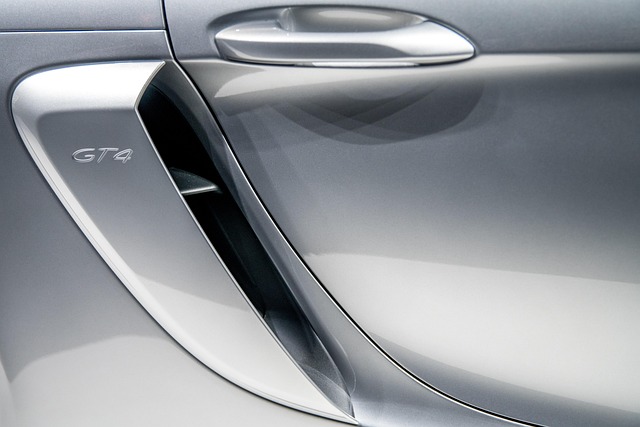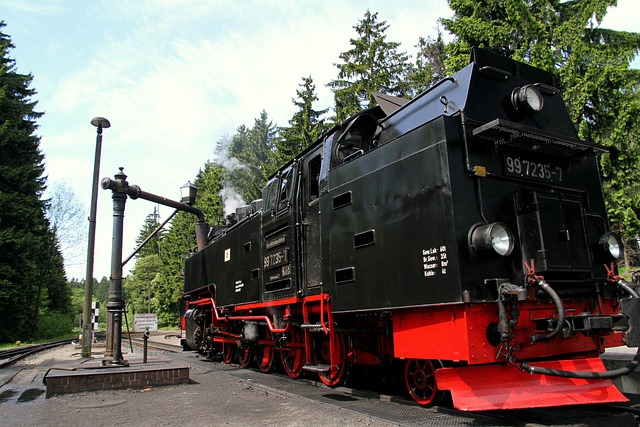Engine response time can be improved by focusing on air and fuel intake efficiency. Installing cold air intakes (CAIs) bypasses stock filters for cooler, denser air, enhancing combustion. Regular CAI maintenance ensures optimal performance. Selecting quality CAIs with tailored upgrades boosts fuel efficiency and responsiveness. CAIs pull in cool air from outside the engine bay, enhancing power output and reducing lag, especially in modified cars. Integrating CAIs with other performance parts further optimizes airflow for quicker response times.
Looking to unleash your engine’s full potential? Improving engine response time can transform your driving experience, offering smoother acceleration and enhanced performance. This article guides you through essential steps to speed up your engine. First, we demystify engine response time fundamentals. Then, we uncover common causes of slow response, highlighting the power of selecting Cold Air Intakes for a significant boost. Finally, learn how to optimize settings for faster, more responsive engine operation.
- Understand Engine Response Time Basics
- Identify Causes of Slow Response Times
- Select Cold Air Intakes for Improved Performance
- Optimize Settings for Faster Response
Understand Engine Response Time Basics

Engine response time refers to the speed at which an engine accelerates from a standstill to reach its desired RPM (revolutions per minute). It’s a crucial metric for performance, especially in vehicles designed for racing or high-performance driving. Understanding this concept involves grasping how efficiently your engine can draw in air and fuel, ignite the mixture, and convert it into power.
One effective way to improve engine response time is by selecting and installing a cold air intake (CAI). A CAI routes external air from the vehicle’s front end directly into the engine, bypassing the stock air filter housing. This direct route allows for cooler, denser air to be drawn into the engine, enhancing combustion efficiency. Regular maintenance of your CAI, including cleaning or replacing filters as per manufacturer recommendations, ensures optimal performance and extends the lifespan of the system, with options available in the form of direct fit cold air kits for hassle-free installation.
Identify Causes of Slow Response Times

Identifying the causes behind slow engine response times is a crucial step in enhancing performance. One common issue often overlooked is an inefficient air intake system, specifically when it comes to cold air intakes (CAI). Many vehicle owners focus on high-performance parts, but overlook the basics of airflow, which can significantly impact engine response. A CAI, if not properly designed or installed, may restrict airflow, causing delays in power delivery.
Selecting a well-engineered cold air intake system can offer numerous benefits for fuel efficiency and improved overall performance. Unlike some aftermarket auto parts that claim to enhance response time without proper justification, a quality CAI provides open air induction systems that ensure optimal oxygen flow into the engine. This simple modification can lead to remarkable improvements in engine responsiveness, especially when combined with other tailored upgrades.
Select Cold Air Intakes for Improved Performance

One of the most direct ways to increase your engine’s response time is by selecting cold air intakes for your vehicle. Unlike traditional intake systems that draw warm air from the engine bay, cold air intakes specifically pull in cooler, denser air from outside the engine compartment. This simple modification can significantly enhance performance, especially in modified cars where efficient engine cooling solutions are crucial. By providing a richer mixture of air and fuel, your engine will respond faster and more efficiently, leading to better overall performance.
Furthermore, performance-oriented air intakes like cold air intakes offer several additional benefits. They often include high-flow filters that ensure maximum airflow while also capturing and retaining dirt and debris, protecting your engine from harmful particles. Some models even incorporate noise-reducing design features, allowing for a smoother driving experience without compromising on performance. Upgrading to a cold air intake is an accessible and cost-effective way to unlock the full potential of your vehicle’s engine, making it a popular choice among car enthusiasts looking to improve their ride’s responsiveness and overall dynamics.
Optimize Settings for Faster Response

Optimizing engine settings is a key strategy to enhance response time, particularly in performance-oriented vehicles. One effective method involves selecting high-flow cold air intakes (CAIs). These components are designed to improve airflow by drawing cool, dense air directly from outside the vehicle, bypassing hot exhaust gases and other contaminants found in the engine bay. By directing a larger volume of fresh air into the engine, CAIs can significantly boost power output and reduce response lag.
Additionally, integrating a CAI with other modifications such as performance exhaust systems and carefully chosen auto parts tailored for improved airflow can yield even more substantial gains. These upgrades collectively work to minimize restrictions in the intake and exhaust system, allowing for smoother gas flow and more efficient combustion, ultimately resulting in quicker engine response times.
By understanding the fundamentals of engine response time and addressing common causes of slow performance, such as optimizing settings and selecting cold air intakes, you can significantly enhance your vehicle’s responsiveness. These strategies not only improve engine performance but also contribute to a more enjoyable driving experience. Remember, a well-tuned engine responds faster, allowing you to navigate various driving conditions with greater precision and agility.



